Last Updated on December 8, 2022
With a vehicle, there’s a lot of power under the hood. We’re not talking strictly about horsepower, but rather energy output in general. The energy that the car needs is supplied by the fuel and by the battery.
You need plenty of power to keep the engine running. For smaller systems in the vehicle, you don’t need as much capacity.
Some of the electrical systems in your car would fry if exposed to raw current, which is where the alternator voltage regulator comes into play. It helps moderate this power so that it doesn’t damage critical systems.
It’s similar to charging your iPhone directly from an energy transformer. In theory, your phone would charge, but, unfortunately, your phone wouldn’t survive the encounter. It’s not made to handle that type of voltage.
Related: Causes of an Alternator Not Charging
How Does an Alternator Voltage Regulator Work?

There are a few different types of regulators on the market. They all have the same function, though. They convert direct current to a fixed current that won’t damage the other systems in the vehicle.
Let’s have a look at the different components that make up the system to understand the regulation function more fully.
Parts of a Car Charging System
Battery
The battery is a reservoir to store energy. It is kept on standby for functions like starting the car and providing power when the power supply is low.
If you were to rely solely on battery power, though, your car wouldn’t run for long without being charged.
Related: Symptoms of a Bad Car Battery
Alternator
It’s why we have the alternator. The alternator is the component that produces that power. As you’re driving along, the alternator creates energy to power the system while the excess energy is used to recharge the battery.
See Also: 6 Symptoms of a Blown Alternator Fuse
Voltage Regulator
The voltage regulator ensures that the maximum amount of voltage in the circuit is kept constant. It can, therefore, prod the alternator to up production or prompt it to reduce energy production.
The idea is to create a steady stream of current that can power the vehicle consistently. The excess power doesn’t go to waste because it charges the battery.
Top 8 Bad Voltage Regulator Symptoms
The good news is that voltage regulator failure is one of those problems that develop over time. It’s also reasonably easy to diagnose. There are various troubleshooting techniques that will help you diagnose this issue.
Here are eight common signs to watch out for:
#1 – High Voltage Output

A typical car battery should put out about 12.6 volts in an open circuit (car not running). Once the car is running, the voltage should measure around 2 volts higher in most vehicles.
If the output voltage is measuring at 16 volts or more, it’s very likely you have a faulty voltage regulator. An overcharging alternator can actually cause damage to various electrical components. Most commonly, the bulbs in your headlights or taillights will prematurely burn out.
#2 – Occasional Dips in Power

If you have a bad regulator, it may cause many components such as the fuel pump, ignition system, or other parts which require a minimum amount of voltage to not function correctly.
You may experience the engine sputtering, a rough idle, or simply a lack of acceleration when you need it. It might not seem like a big deal, but it’s important because it shows that power is not being regulated correctly.
#3 – Instrument Cluster Doesn’t Work

Like other electrical components, the instrument cluster requires a certain amount of voltage to display all the information you need while driving. A bad voltage regulator may cause it to simply not work or behave erratically.
You’re not likely to be able to start the car at all, but even if you could, it wouldn’t be wise to do so without knowing how fast you’re driving, how much fuel you have left, and other critical info.
#4 – Dimming or Flickering Lights
You’ll usually notice this with your headlights but it can affect your interior lights and even your stereo system. It again points to a current that is not being adequately controlled.
This symptom exists for battery related issues but can also mean the voltage regulator is to blame.
#5 – High Beams Not Working

One of the systems that can be adversely affected by too much or too little voltage is your headlights. The high-beam headlamps particularly require a fair amount of power to operate. Beams that won’t light up properly indicate that there’s an issue.
#6 – Corrosion
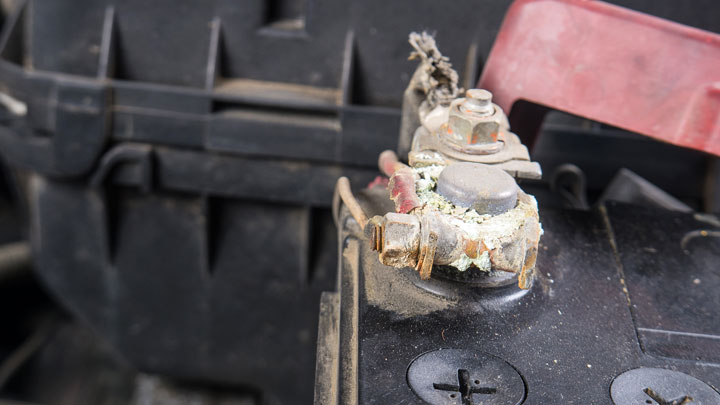
Corrosion spreading on the terminals and top of the battery can be a sign of a failing voltage regulator among other things.
#7 – Battery is Dead
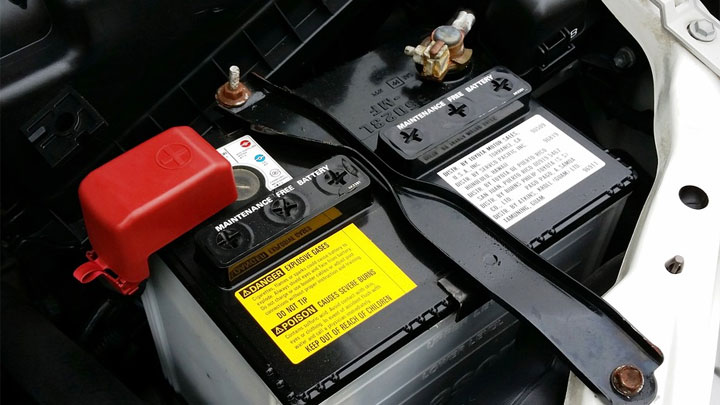
It might be due to a host of other causes, including forgetting to switch off your lights, a problem with the alternator, or simply an old battery that needs to be replaced. But it could also be because of poorly managed current due to a bad voltage regulator.
See Also: Differences Between a Dead Battery and Bad Alternator
#8 – Check Engine Light or Battery Light Comes On

There could be a range of causes, but it is always a good idea to scan for any diagnostic trouble codes (check engine light) or run a quick voltage check (battery light on) using a multimeter to see if that’s what is causing the issue.
Related: DTC P0562 (System Low Voltage)
Voltage Regulator Replacement Cost
Best places to order parts? See: 19 Best Online Auto Parts Stores
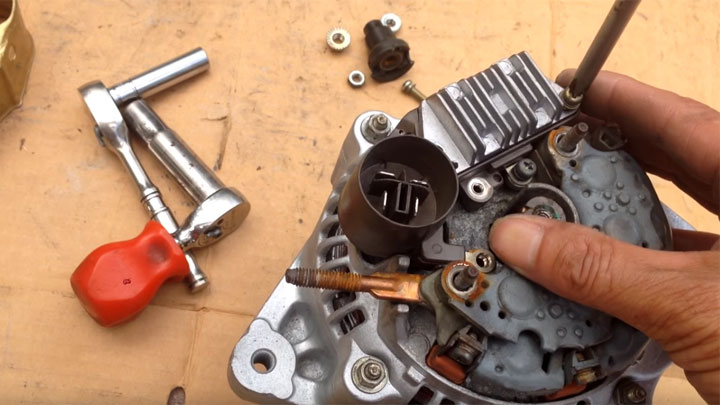
A new alternator voltage regulator will cost you anywhere from $40 to $140 for parts, heavily dependent on the make/model of vehicle and whether using OEM or aftermarket parts.
The cost of parts doesn’t sound so bad, but since most voltage regulators are housed inside the alternator, expect to pay around $140 to $240 in labor. You’ll likely pay more if going to a dealership and less if the regulator is mounted to the outside of the alternator where it’s easier to get to.
Altogether, total voltage regulator replacement cost will be somewhere in the range of $180 to $380 in most cases. If there is any electrical damage or burned out wires due to regulator failure, the total price will be more.
Since labor cost makes up the majority of the cost, you may want to consider simply replacing the entire alternator unit if you’re approaching 100k miles or so.
While today’s alternators can last for the life of the car, they often do fail before that. Replacing your alternator will avoid having to pay the hefty labor rates again in the near future.
Where is the Voltage Regulator Located?
The location depends on the make and model of the car. It will be either inside or next to the alternator housing. Ford is one brand that mounts it next to the alternator.
Those mounted adjacent to the alternator need extra support, which is provided in the form of a harness. The upside of having it on the outside like this is that it’s easier to access. When the regulator is mounted inside the alternator housing, you’ll have to remove that first to access it.
Should I Drive with a Faulty Regulator?
Driving with a busted regulator is taking a chance. You might get lucky. You might also blow some expensive components in your vehicle.
We don’t think it’s worth taking the chance. Instead, we’d recommend getting the car to the mechanic as soon as possible.



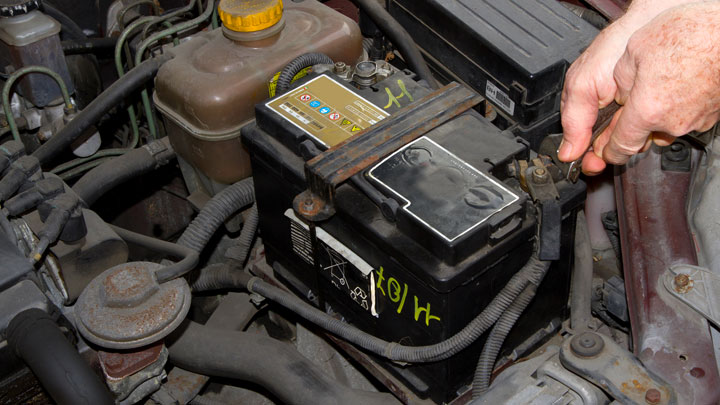
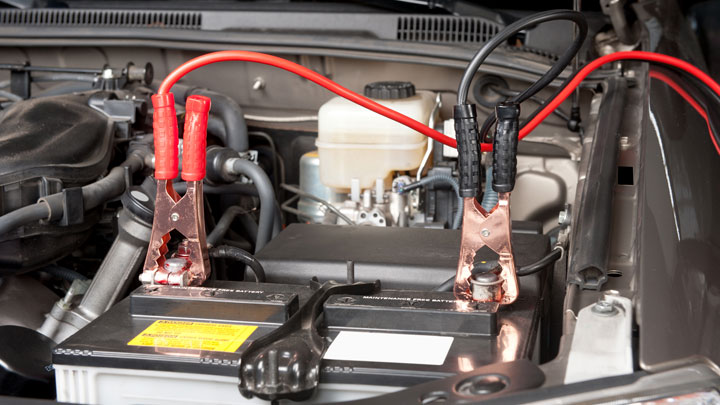
yes i have a Mercury that wont crank now but when i parked it the car only would get up to 15mph with the gas all the way down to the floor i was just wondering what normally causes that now it wont move even if i put jumpercables up to my battery.
I have a Dodge Grand Caravan that sometimes gets sluggish, and a red spark appears on the instrument cluster. It gets clears by stopping the car and restarting it. From what I can determine, Dodge says this happens because of rust or corrosion in the Electronic Throttle Control circuits. (What I wouldn’t give to get rid of Fly-By-Wire cars). Clean those circuits and it may clear up.
My cluster went in my car after that one of the air con Motors went in it and apparently holding fix that my battery kept on going flat the cluster kept on cutting in and out the aircon stop working only one side driver side was blowing cold air passenger side was blowing hot air and now there’s no power going to the alternator
First figure out why the alternator isn’t charging the battery. I think it may be best to take it to a shop to have them look at it.
Where is the regulator situated in a mahidra xylo 2,5lt e8 2010 model inside or outside the altenator
I’m not sure. Lots of vehicles house their voltage regulators in the ECU these days, so it is likely there.
Hi I have a BMW318i e46 2003 model station wagon. When I buy the car in 2018 at has an valeo alternator on the car. After 5 months my battery light went on a Sunday afternoon. I went to work on the Monday I when I arrived home the evening when I reach the drive way the car just switch off. I get someone to check it out and found that the regulator was faulty. I bought a regulator but still it did not want to charge the battery then we found out that the regulator is 12volt. I couldn’t found a 14volt regulator for the valeo. I bought a second hand bosch alternator that last 5 months and I bought I regulator for that that only last 6 months. I put back the valeo alternator and bought a truck battery and is driving now for 2months without the battery getting flat. But when I removed the the battery lead the positive or negative the car stop idle.
Hi, me too I have changed the voltage regulator on my car because it was faulty due to the short of alternator brushes. Now it is working fine but when I’m removing negative terminal of a battery the car just stop running, I wonder why?
It’s not a great idea to remove the battery while the car is running, as you run the risk of damaging some of the sensitive electronics in your vehicle. Perhaps there’s an underlying issue with the alternator, or the alternator isn’t able to support the vehicle at full load without the battery.
Transmission my friend or if making a lot of noise it’s a rod
I replaced my battery and put in a new alternator about 3months ago. Now the battery light came on since it was dark I was driving with lights on and it sucked the juice out of the battery stalling the van, 2000 Ford e150 v6 what can be wrong is the voltage regulator external? Please help
I don’t know. You will probably need some electrical diag to figure out why the alternator can’t keep up.